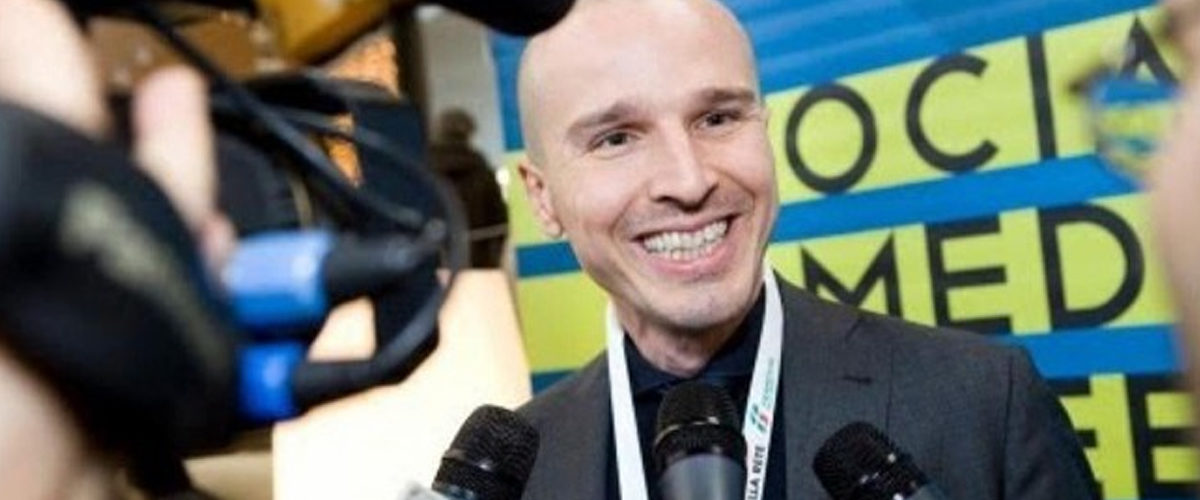When we think of props, we often remember scenes from our 6th-grade science class. We don’t usually associate the use of props in professional presentations.
However, as Bill Gates demonstrated in his memorable TED Talk on ‘Mosquitoes, malaria, and education‘, props offer an easy way to demonstrate concepts that might be hard to explain. Sometimes, it’s not enough to project an image on the screen. The audience needs to see things first hand in order to understand the weight and impact of what you’re trying to share.
In his speech, Gates conveys a sense of urgency that might not have been as apparent to the audience. To get his point across, he released mosquitoes he kept in a jar. He wanted the audience to at least have a closer look at what hundreds of communities experience in the developing world.
As demonstrated by this TED Talk, if you can find the perfect prop that could elevate your core message, you’ll be able to turn conceptual ideas into concrete and observable objects.
The audience can see exactly what you’re trying to point out and connect with it right away. This also makes your presentation far more memorable. Because you decided to show them something that isn’t usually part of professional presentations, props can only help you stand out even more.
How do you find the perfect prop?
Now that we’ve covered why your presentations need to utilize props, it’s time to learn more about making the most of this tool.
First, you need to consider what kind of prop works well with your presentation. According to Andrew Dlugan of Six Minutes, these are questions to ask yourself when choosing the perfect prop:
- How is your prop relevant to the topic? – Obviously, it’s important that your props will illuminate the points in your presentation. Choose objects that are directly related to your presentation, or something that symbolizes your points and work as a metaphor.
- Can everyone see the prop from where they’re seated? – Aside from its significance in your presentation, the props you use should also be large enough for everyone in the audience to see. However, it shouldn’t be too large that you can’t manipulate it with ease.
- Will it add value to your presentation? – Lastly, it’s also important that props help give a detailed explanation of your points. Like Bill Gates’ mosquitoes in a jar, props should illuminate your message.
Taking your props to stage
Having carefully chosen the props you want to use, it’s time to learn how you can best wield them for maximum result.
Always plan how the prop will play into your presentation. Your props will need to come out during significant points in your delivery.
Demonstrating a prop can help capture the attention of your audience. Better yet, you can use a prop to illustrate some key points and add further interest in your discussion. Whatever you decide, it’s important to plan when and how you’ll use them.
Part of your planning should include where you’ll position the prop for the audience to see. As mentioned earlier, everyone in the audience must be able to see your demonstration.
Aside from making sure that your prop is large enough for everyone to see, you also need to make sure it’s placed in the right spot. If you can examine the venue before your presentation, try to take note of where your props might be able to attract the most eyes.
Conclusion
With all the planning done, make sure that everything runs smoothly. If you want to transition smoothly from discussing slides to demonstrating how a prop works, familiarize yourself with rehearsals. Don’t just practice your speech and movements. Incorporate your props into it as well.
Once in front of the audience, show them your prop’s significance. As you work through your demonstration, explain how it helps your message become more concrete. Let them see how tangible your ideas can be.
Reference
“How to Create a STAR Moment for Your Presentations.” SlideGenius, Inc.. September 25, 2014. Accessed January 12, 2015.
“How to Choose and Use Speech Props: A Speaker’s Guide.” Six Minutes. August 21, 2013. Accessed January 12, 2015.
“Improve Your Presentations with the Power of the Metaphor.” SlideGenius, Inc.. November 17, 2014. Accessed January 12, 2015.
Mosquitos, malaria and education. Bill Gates. TED, 2009.
